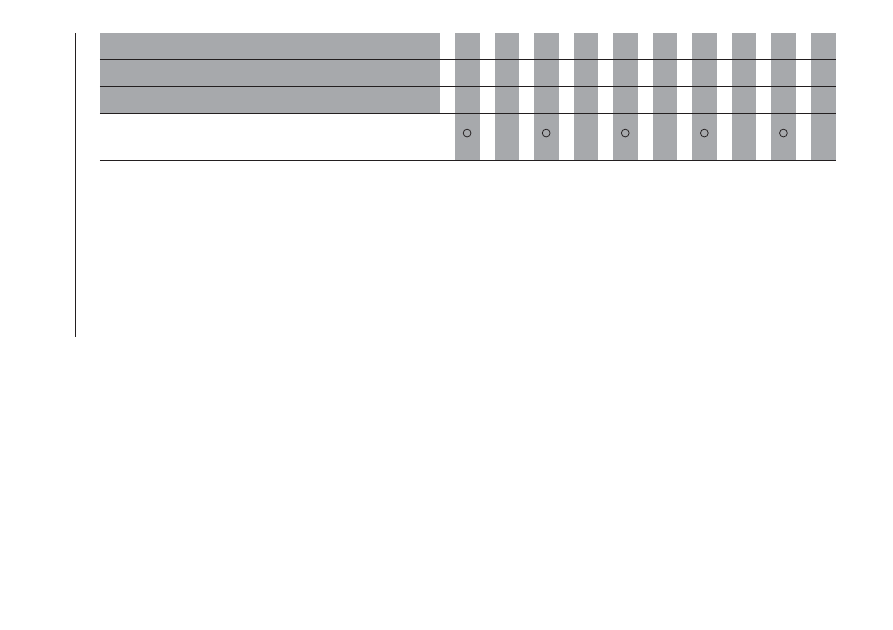Fiat 500X (2019 year). Instruction - part 12

Thousands of miles
9
18
27
36
45
54
63
72
81
90
Thousands of kilometres
15
30
45
60
75
90
105
120
135
150
Years
1
2
3
4
5
6
7
8
9
10
Replace the passenger compartment cleaner(4) (O) (
●)
●
●
●
●
●
(4) If the vehicle is used in dusty areas, this cleaner must be replaced every 15,000 km.
(O) Recommended operations
(
●) Obligatory operations
186
SER
VICING
AND
MAINTENANCE